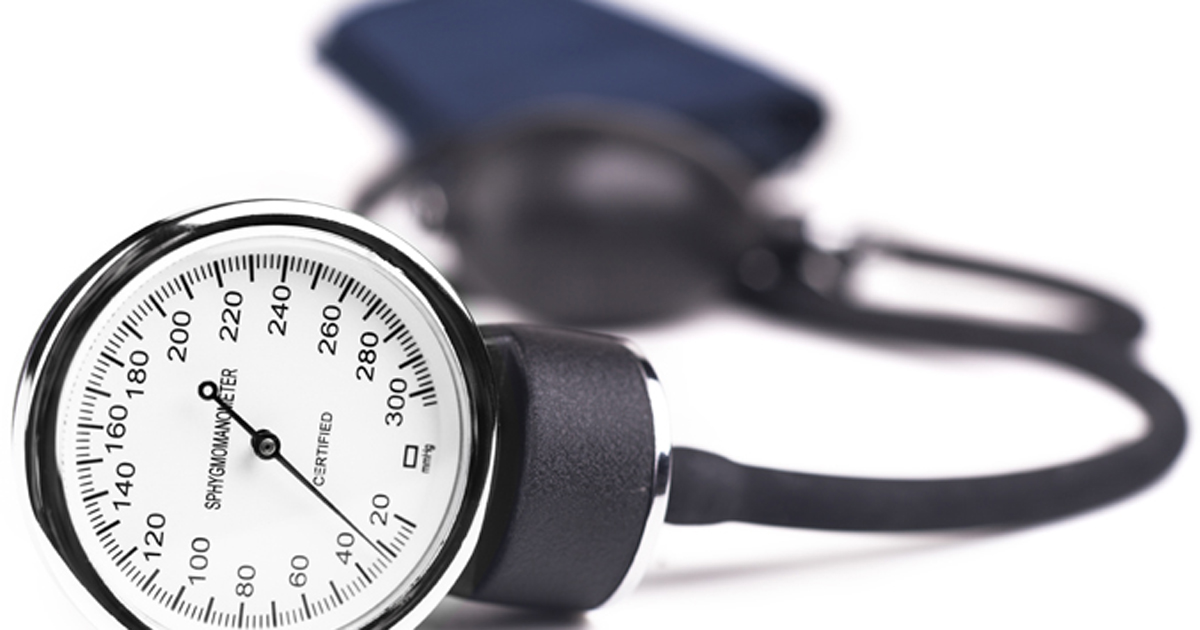Pediatric LDL cholesterol, BP increase with diverse oral microbiome
LDL cholesterol and blood pressure may be increased for children who have more oral microbiota diversity compared with those with less diversity, according to findings presented at the European Society for Paediatric Endocrinology annual meeting.

“We found that higher diversity of microbes in the mouth at 8 to 10 years of age appears related to higher blood pressure and cholesterol both at that age, and in later adolescence,” Mélanie Henderson, MD, PhD, an assistant clinical professor in the department of pediatrics and department of social and preventive medicine at University of Montreal, told Endocrine Today. “The oral microbiota in childhood may therefore influence cardiometabolic health in later adolescence.”
Using oral plaque samples, Henderson and colleagues evaluated oral microbiota diversity via 16s rRNA microbial profiling in 80 children from the Quebec Adipose and Lifestyle Investigation in Youth cohort, with 40 children presenting with overweight or obesity and the other 40 presenting with normal weight. The researchers measured fasting blood glucose, glucose 2-hour post-oral glucose load, insulin resistance, LDL cholesterol, HDL cholesterol, triglycerides, systolic BP and diastolic BP in the cohort at age 8 to 10 years, at age 10 to 12 years and age 15 to 17 years.
When participants were aged 8 to 10 years, Henderson and colleagues obsrved positive correlations between microbiota diversity and LDL cholesterol as well as systolic BP. The correlation with LDL cholesterol remained, but was no longer significant at age 10 to 12 years and 15 to 17 years, whereas the correlation with systolic BP was significant at age 10 to 12 years, but not at 15 to 17 years. In contrast, the researchers observed negative correlations between oral microbiota diversity and fasting glucose and between oral microbiota diversity and 2-hour post-oral glucose load.

“Our findings were surprising, as the associations noted between the oral microbiota and cardiometabolic outcomes were opposite to those seen with the intestinal microbiota, where increased diversity is associated with a beneficial effect on cardiometabolic health,” Henderson said. “This suggests that the mechanisms underlying these associations differ between the mouth and the intestinal tract.”
The researchers are seeking to replicate their findings with a larger study, Henderson said.
“Our study is helping to better understand interactions between the host and both gut and oral microbiota, potential influences of their diversity and composition early in life and their link with obesity and cardiometabolic diseases,” Henderson said. “Disentangling these associations will clarify early mechanistic pathways for the development of cardiometabolic disease and inform eventual potential screening and therapeutic strategies.” – by Phil Neuffer
Reference:
Henderson M, et al. P1-57. Presented at: European Society for Paediatric Endocrinology Annual Meeting; Sept. 19-21, 2019; Vienna.
For more information:
Mélanie Henderson, MD, PhD, can be reached at melanie.henderson.hsj@gmail.com.
Disclosure: Henderson reports no relevant financial disclosures.
